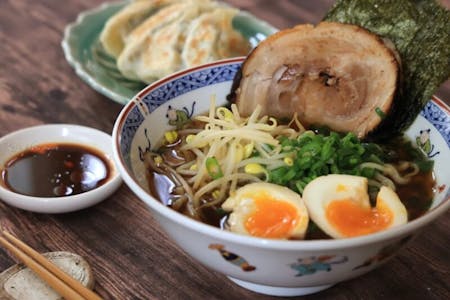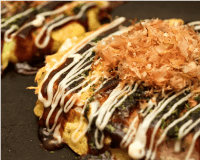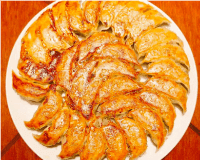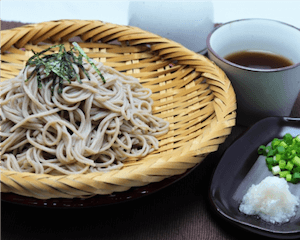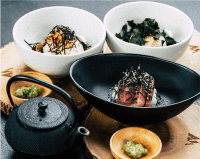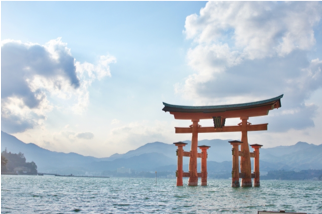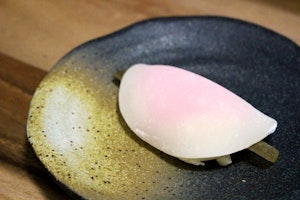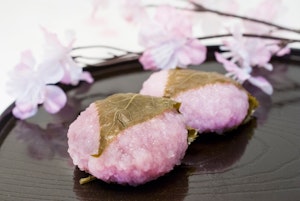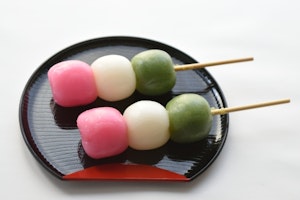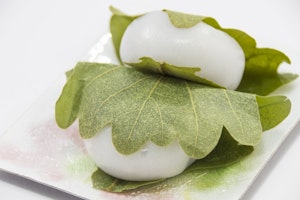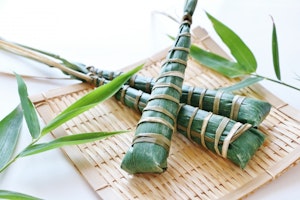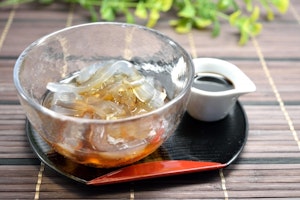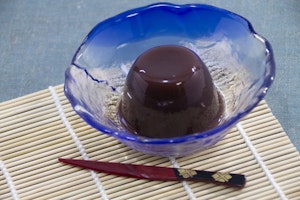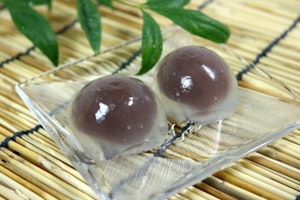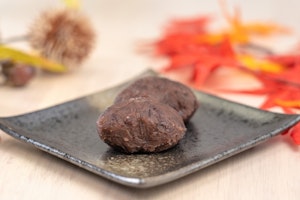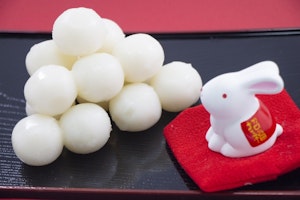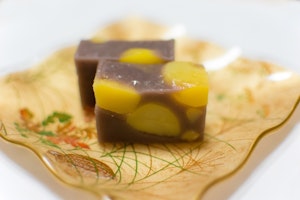Alter Tokyo, Osaka, is the second-largest city in Japan. Osaka is a famous tourist spot in Japan, and every year thousands of tourists visit this city. The architecture, shopping centers, nightlife and street food in Osaka are some of its main attractions.
The street food available in Osaka tastes good, and all types of Japanese food items are available in Osaka. Wagashi (famous Japanese sweet dish) is also readily available in the city. Wagashi is made from wheat, red beans and sugar. Unlike other desserts, cream and butter aren’t used to prepare Wagashi. The presence of natural ingredients such as wheat and red beans makes Wagashi a nutritious sweet item. Wagashi is deeply associated with Japanese culture. In Osaka, Wagashi is served with tea or coffee.
For foreigners, Wagashi is a unique food item. They want to know the recipe of Wagashi. It is the best idea to join Wagashi making class in Osaka. These cooking classes will help you learn the original method for making Wagashi.
